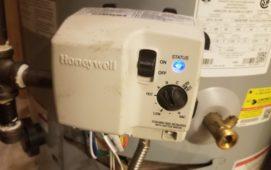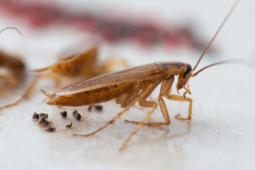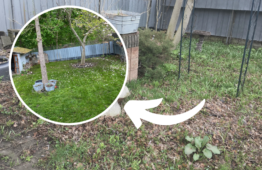Creative Birdhouse Ideas For Your Backyard Sanctuary
Creating a birdhouse can be a delightful and rewarding project for nature enthusiasts and DIY aficionados alike. Not only do birdhouses provide a safe haven for our feathered friends, but they also add a charming aesthetic to any garden or backyard.
Whether you’re looking to attract specific bird species or simply want to enjoy birdwatching from the comfort of your home, the right birdhouse design can make all the difference. In this article, we’ll explore a variety of innovative and creative birdhouse ideas that cater to different birds’ needs and preferences while also enhancing your outdoor space.
Classic Wooden Birdhouse Designs
When it comes to classic wooden birdhouse designs, simplicity often reigns supreme. The traditional A-frame structure, for instance, is a favorite among bird enthusiasts for its straightforward construction and charming aesthetic. These designs typically feature a pitched roof, a single round entry hole, and a small perch, making them both functional and visually appealing.
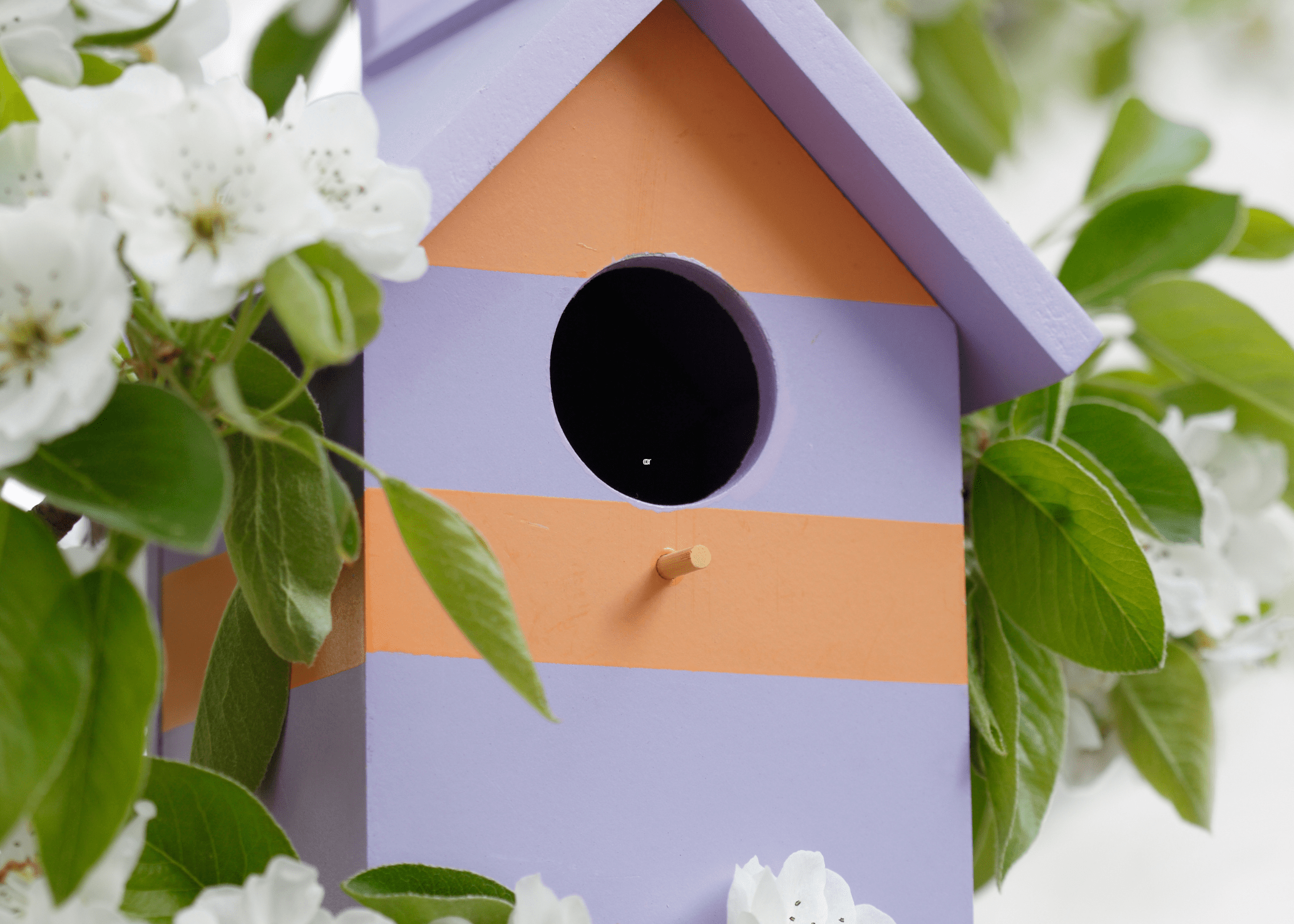
Crafting one of these birdhouses can be a rewarding project, whether you’re an experienced woodworker or a beginner looking to try your hand at something new. Using untreated wood is key, as it ensures that the birdhouse remains safe for its feathery inhabitants.
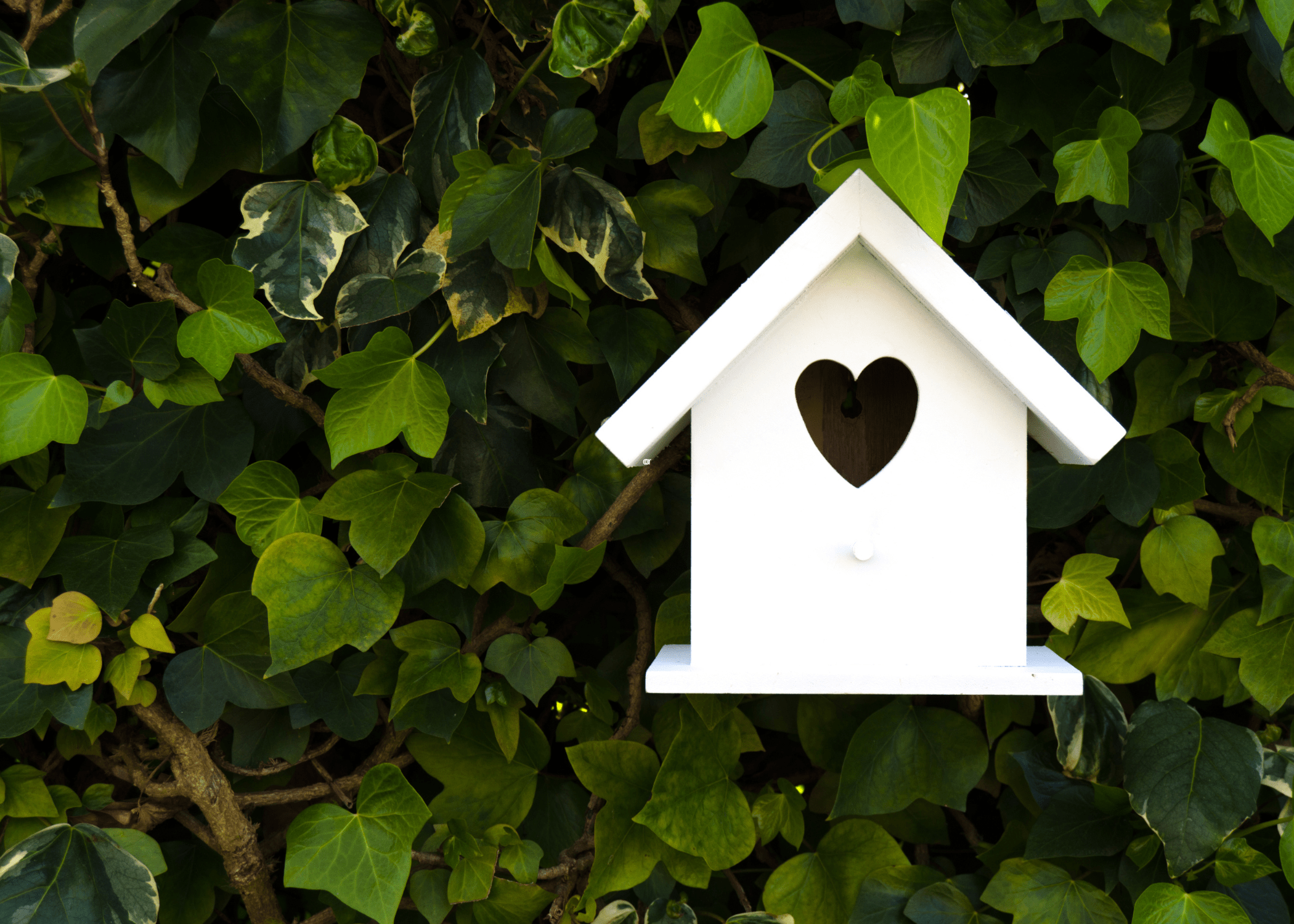
Birdhouse Ideas for Different Bird Species
To attract a diverse array of bird species to your garden, consider tailoring your birdhouse ideas to the specific needs of different birds.
For example, bluebirds prefer houses with an entrance hole about 1.5 inches in diameter, mounted 4-6 feet above the ground. They thrive in open spaces with a clear flight path. In contrast, chickadees appreciate a smaller entrance hole and prefer their birdhouses to be placed in wooded or shrubby areas, providing them with ample cover from predators.
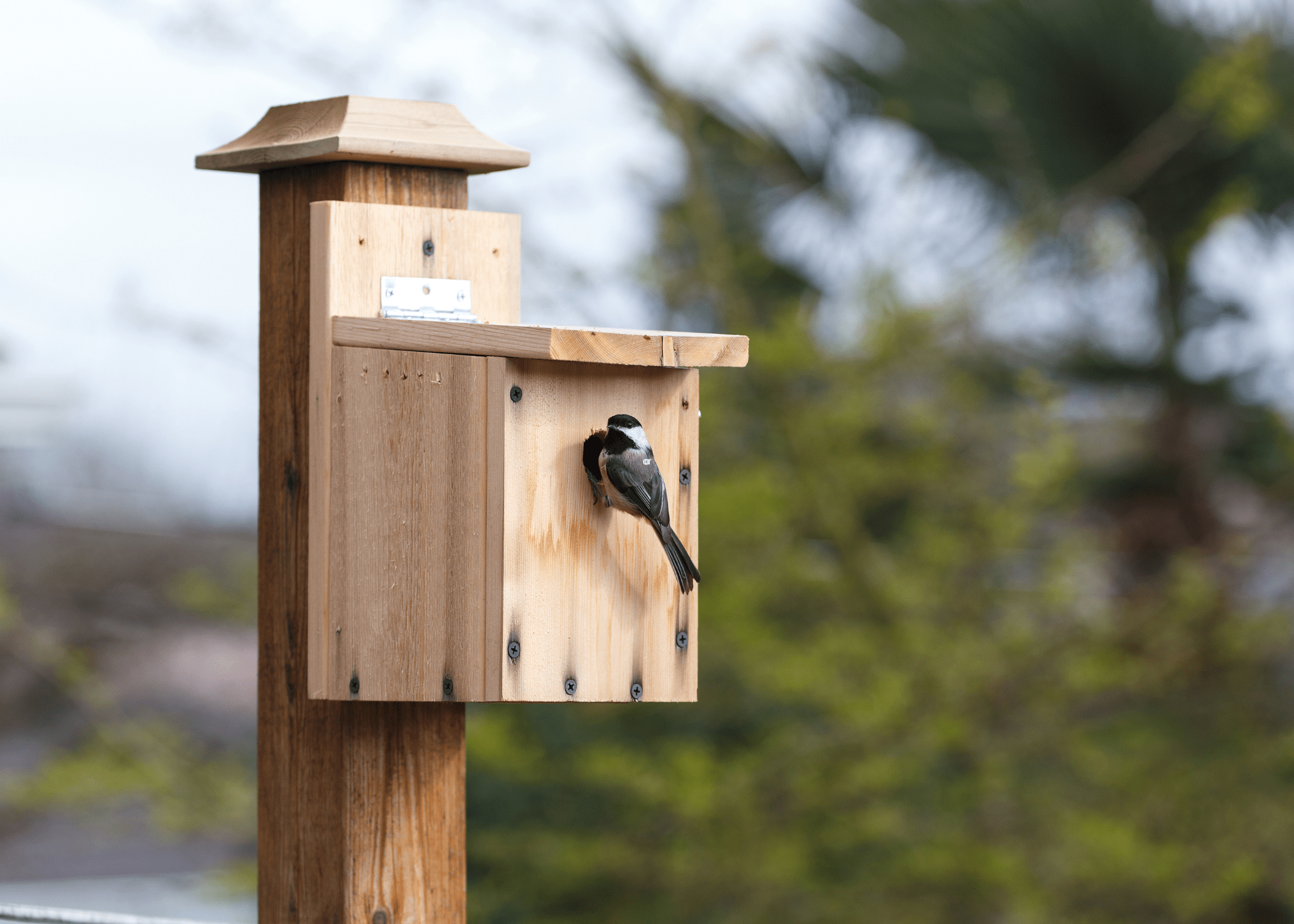
For woodpeckers, a sturdier birdhouse with a rough interior surface can encourage nesting. These industrious birds often look for homes with an entry hole around 2 inches in diameter and placed higher on trees or poles to replicate their natural nesting habits.
On the other hand, wrens are less particular but enjoy houses with a small entrance hole and placed 5-10 feet above ground. Crafting birdhouses that cater to the unique preferences of different bird species not only enhances your garden’s ecosystem but also ensures that your birdhouse ideas are both functional and inviting for your feathered friends.
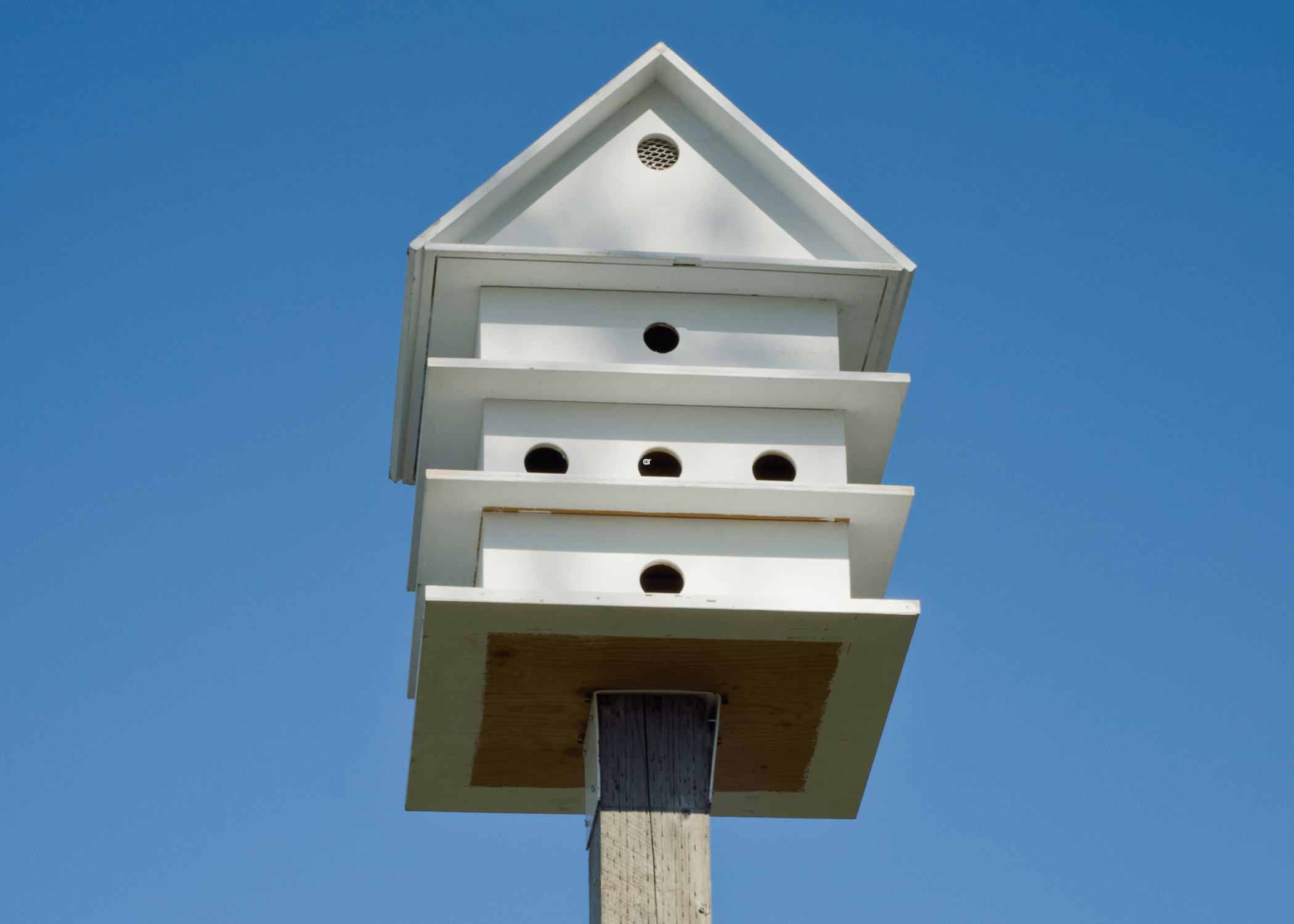
Birdhouse Ideas for Small Spaces
Creating birdhouses for small spaces can be a delightful way to attract feathered friends without needing a large garden. Consider using vertical structures or hanging designs to maximize limited areas. For instance, a multi-tiered birdhouse can offer a home to various bird species while saving space.
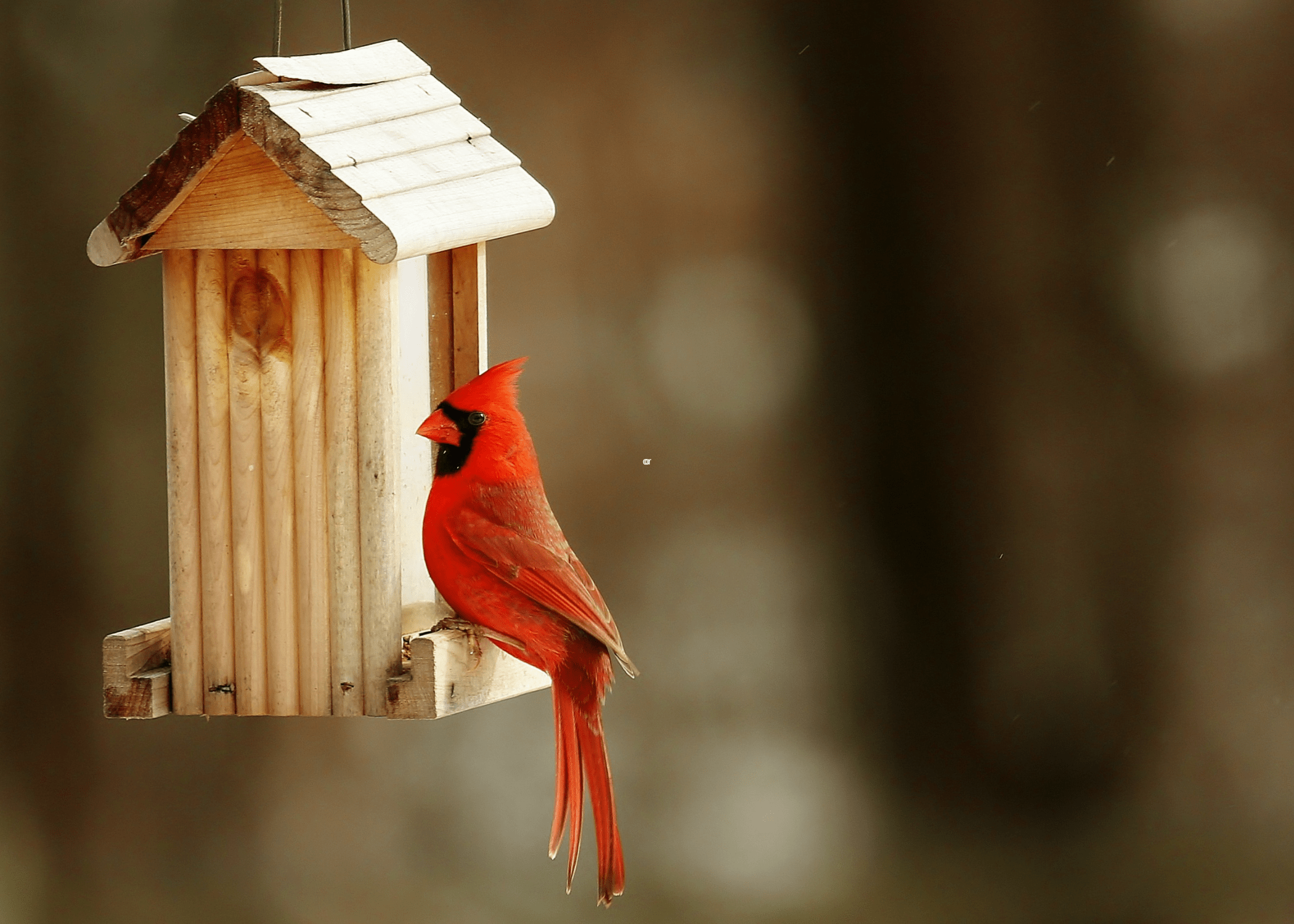
A wall-mounted birdhouse can be an excellent solution for compact yards or even apartment balconies. It allows you to observe birds up close without encroaching on your living area.
Decorative Birdhouses to Enhance Your Garden
Decorative birdhouses can truly transform your garden into a whimsical and inviting haven for both birds and humans alike. When you think about birdhouse ideas, you might envision rustic cottages, colorful painted designs, or even quirky, themed creations.
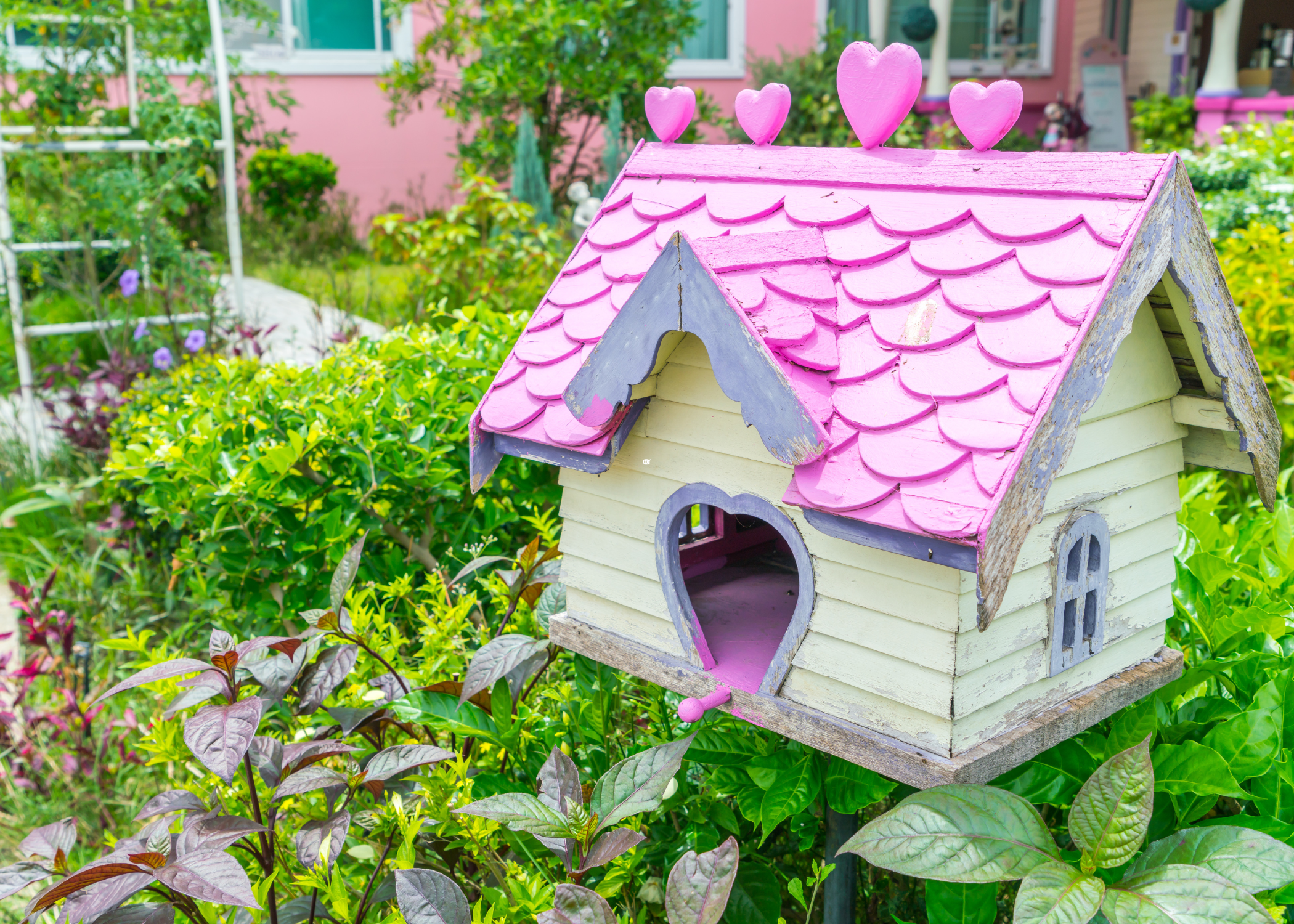
These charming little structures don’t just offer a safe space for the feathered friends; they also add a touch of personality and style to your outdoor space. Whether you prefer a classic wooden birdhouse adorned with intricate carvings or a modern one with sleek lines and bold colors, there’s no limit to the creativity you can employ.
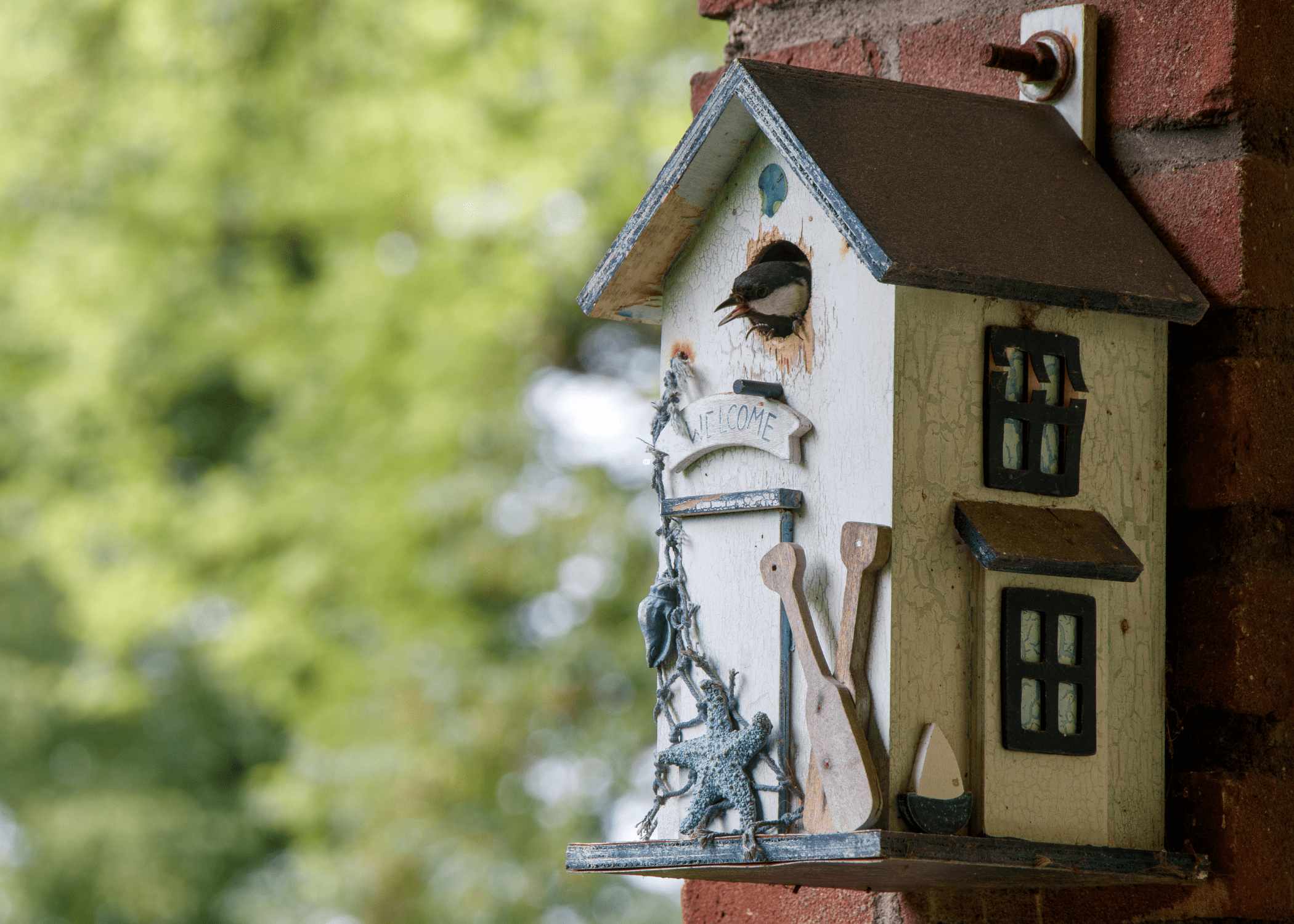
Adding small decorative elements, such as tiny windows, picket fences, or even miniature gardens around the base, can make the birdhouse a focal point in your garden. Remember, the best decorative birdhouses blend seamlessly with the surrounding environment, offering both aesthetic pleasure and functional benefits for avian visitors.
Seasonal Birdhouse Themes
Seasonal birdhouse themes allow you to blend your love for nature with the aesthetic shifts of the year. In spring, you might opt for birdhouses adorned with pastel colors and floral designs to celebrate the blooming season.
Summer presents an opportunity to experiment with vibrant hues and beach-themed decorations, reflecting the sunny and warm atmosphere. These seasonal birdhouse themes not only add visual appeal but also ensure that your garden remains dynamic and engaging throughout the year.
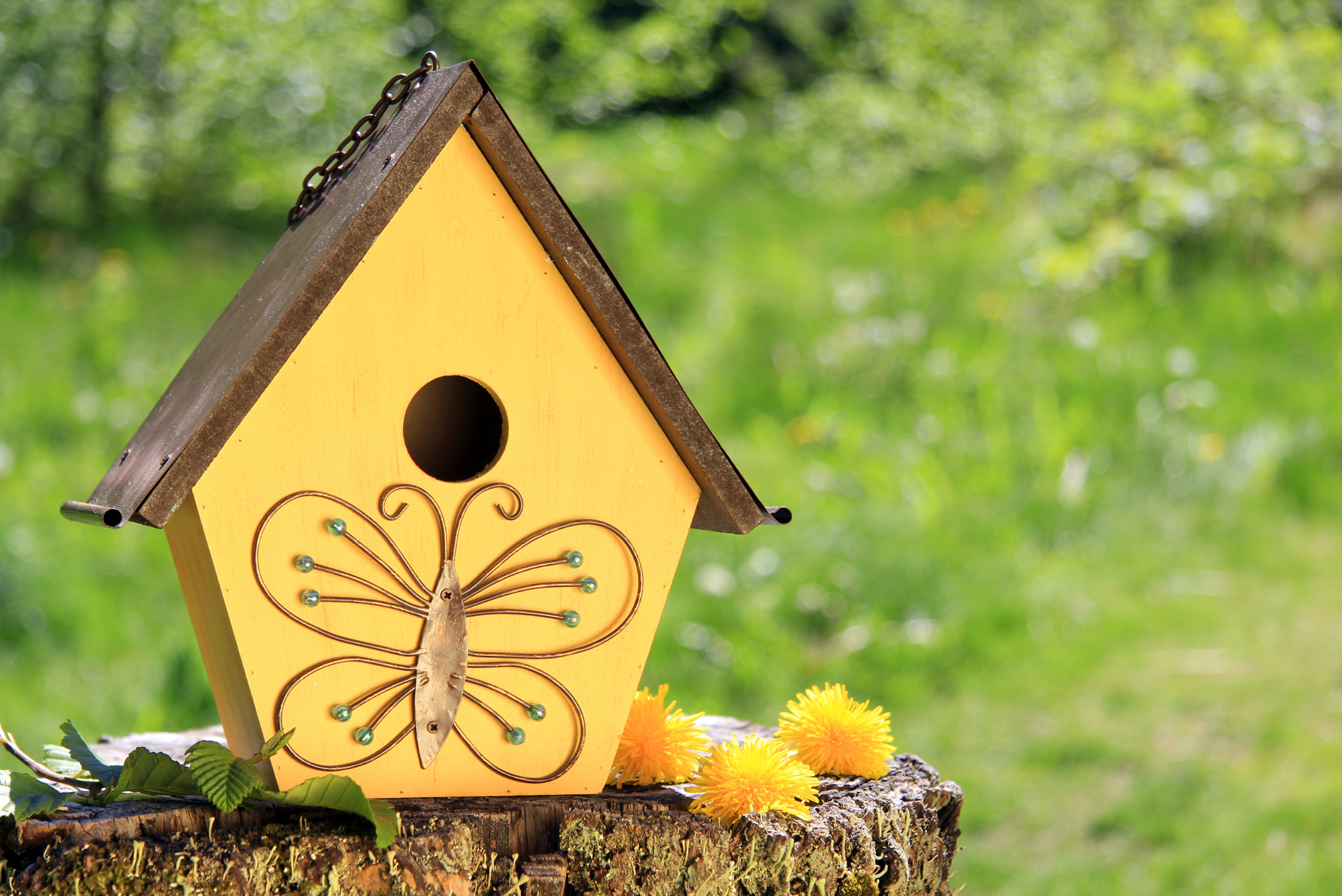
As the leaves change in autumn, consider incorporating earthy tones and rustic elements like twigs and acorns into your birdhouse designs. Winter can be a bit more challenging, but that’s where creativity shines.
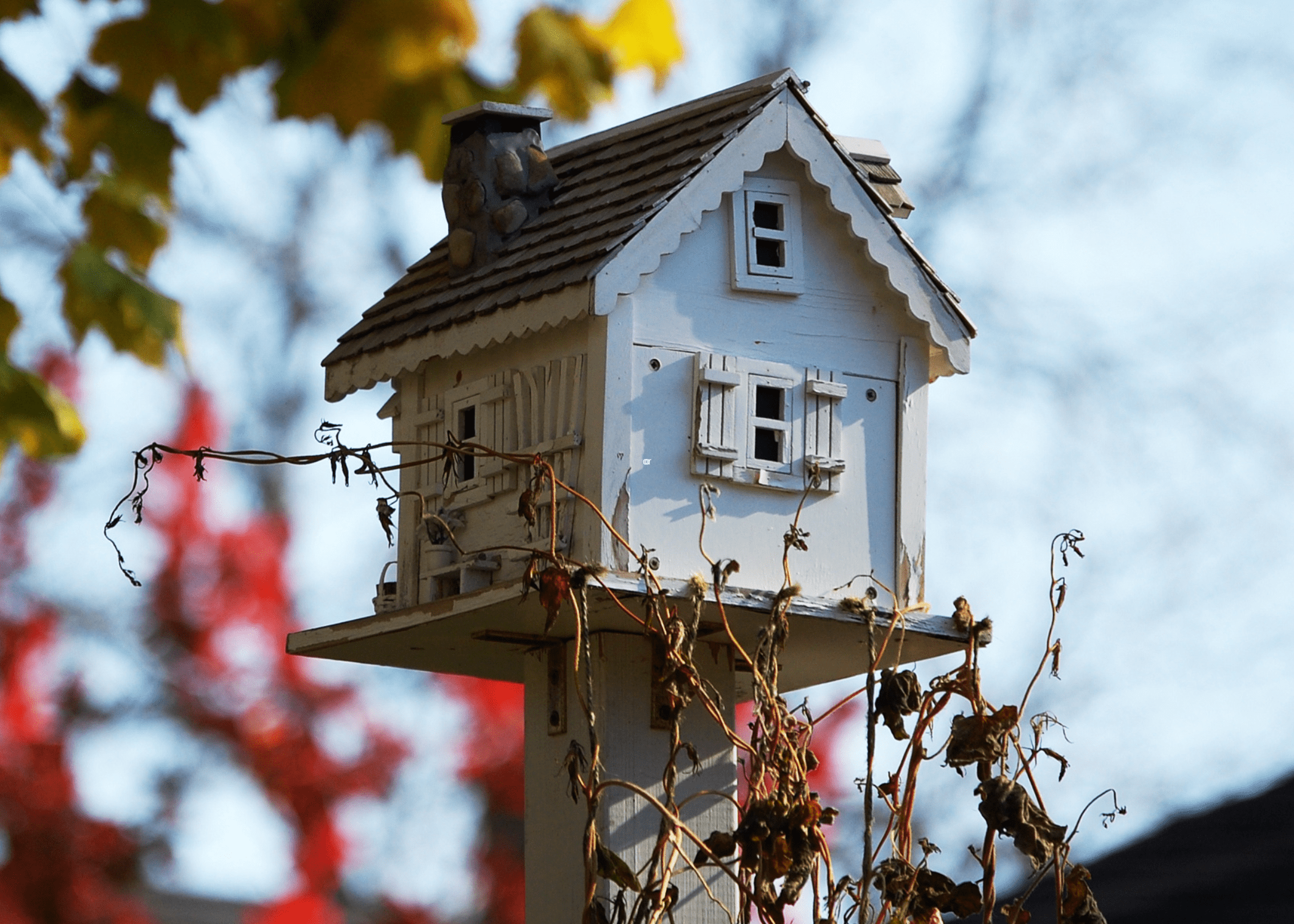
Think about adding festive touches such as snowflakes and miniature holiday decorations to make your birdhouse stand out against the snowy backdrop. By rotating through various birdhouse ideas that align with the seasons, you create a welcoming environment for feathered friends while keeping your outdoor space lively and seasonally relevant.
Recycled Materials for Unique Birdhouse Ideas
Repurposing everyday items can lead to some truly unique birdhouse ideas. Think about using old teapots, worn-out boots, or even discarded tin cans to create a cozy haven for your feathered friends.
Not only does this approach transform what would be waste into something functional, but it also adds a charming, eclectic touch to your garden. Plus, these recycled materials often blend seamlessly with natural surroundings, making them perfect for attracting various bird species.
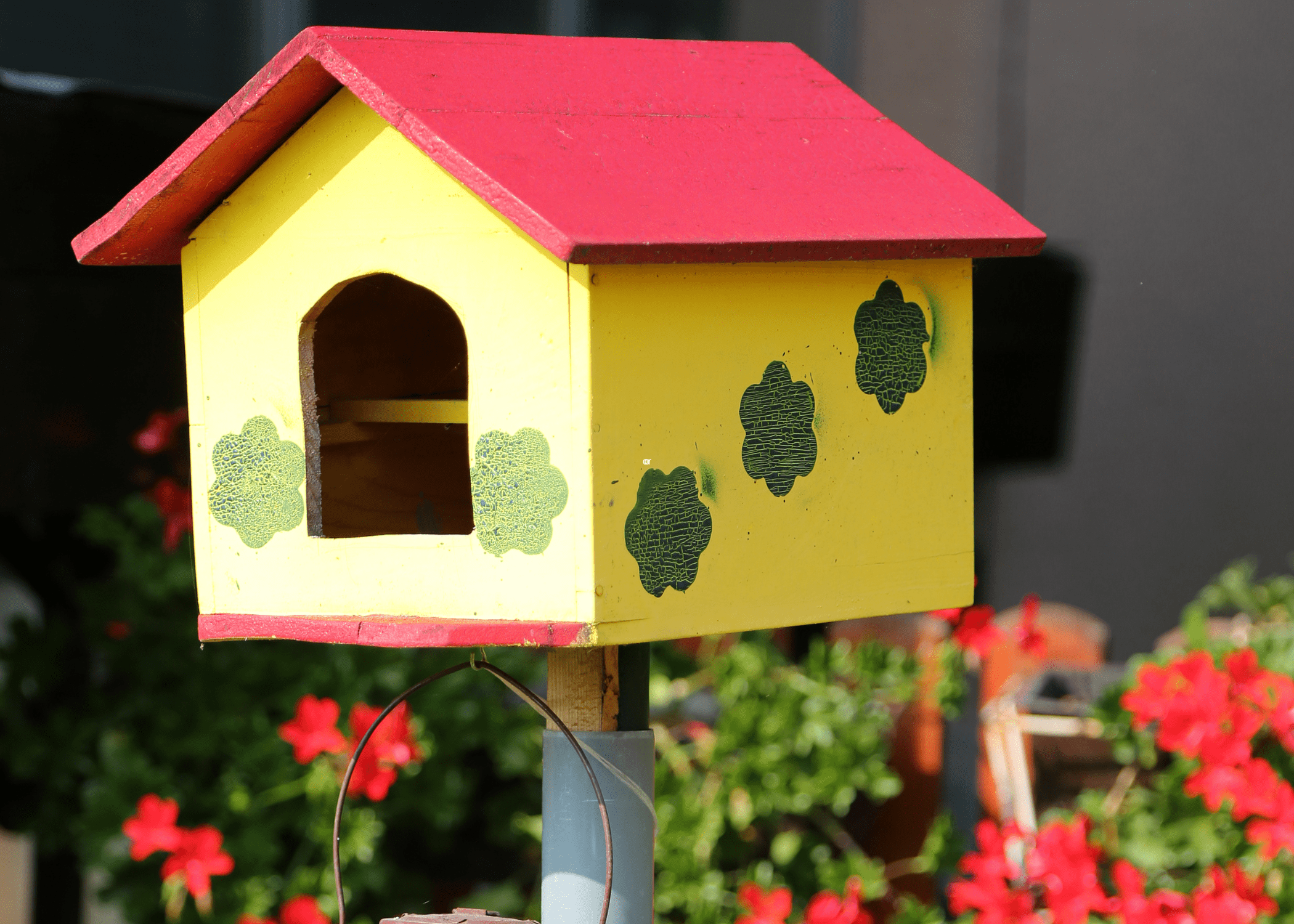
Another creative option is to utilize broken furniture pieces. An old drawer can be converted into a snug nesting box, while a weathered chair back can serve as a sturdy base for a birdhouse.
These recycled materials offer endless possibilities, allowing you to experiment with different designs and styles. The key is to let your imagination run wild and see the potential in items that might otherwise be overlooked.
Tips for Maintaining Your Birdhouse
When it comes to maintaining your birdhouse, keeping it clean is paramount. Regularly inspecting and cleaning the birdhouse ensures a healthy environment for your feathered friends. Debris, old nesting materials, and droppings can accumulate inside, posing health risks to future inhabitants.
To clean the birdhouse, use a mild soap and water solution, thoroughly rinsing and drying it before reassembling. This simple routine can help prevent the spread of diseases and keep the birdhouse inviting.
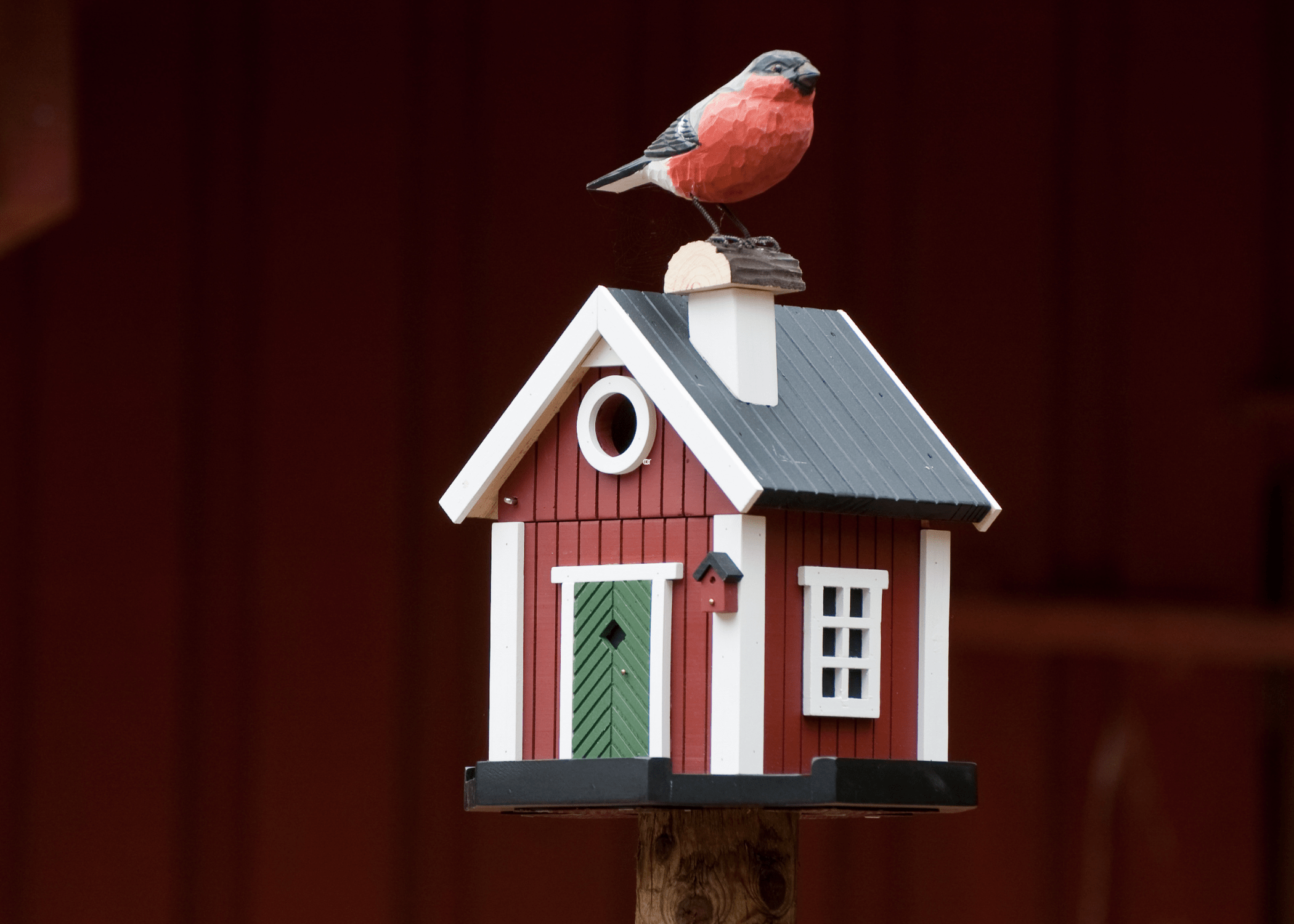
Another crucial aspect is ensuring the birdhouse remains securely mounted and weather-resistant. Check the mounting hardware periodically to ensure it remains firm and stable, especially after strong winds or storms.
Applying a non-toxic sealant to the exterior can help the birdhouse withstand harsh weather conditions, prolonging its lifespan. By taking these proactive steps, you’ll not only preserve the birdhouse’s integrity but also continue to provide a safe haven for birds to nest and thrive.
Related Articles
- Creative DIY Wood Projects That Will Challenge Your Skills
- How to Build a Wooden Box – Step-by-Step DIY Guide
- 13 Beginner-Friendly Outdoor Woodworking Projects
Ready to start your next project? Join our DIY community to receive tool tips, how-to guides, and exclusive creative insights. Subscribe to the ManMadeDIY newsletter now! Click here to unlock a world of hands-on inspiration.
Frequently Asked Questions (FAQs)
What materials are best for building a birdhouse?
The best materials for building a birdhouse are untreated wood, such as cedar, pine, or redwood. These types of wood are durable and weather-resistant. Avoid using pressure-treated wood or plywood, as these can contain harmful chemicals. Additionally, using screws instead of nails can ensure the birdhouse stays intact longer.
What size should the entrance hole be for different bird species?
The size of the entrance hole depends on the species of birds you want to attract. For example, a hole diameter of 1 1/8 inches is suitable for wrens and chickadees, 1 1/4 inches for nuthatches, 1 1/2 inches for bluebirds, and 2 1/2 inches for larger birds like the northern flicker. It’s important to research the specific needs of the birds native to your area.
How should I place my birdhouse to attract birds?
Place your birdhouse in a location that mimics the natural habitat of the bird species you wish to attract. This usually means a quiet, sheltered spot away from predators and harsh weather. Ideally, the entrance should face away from prevailing winds, and the birdhouse should be mounted 5 to 10 feet above the ground. Avoid placing birdhouses too close to each other, as birds are territorial.
Do birdhouses need ventilation and drainage?
Yes, birdhouses need both ventilation and drainage to ensure a healthy environment for the birds. Small holes near the top of the sides or under the eaves will provide necessary airflow, while small holes in the bottom will allow any rainwater to drain out, keeping the interior dry and comfortable.
Should I paint or stain my birdhouse?
If you choose to paint or stain your birdhouse, use non-toxic, water-based paints or stains. Light, natural colors that blend with the environment are best, as they won’t attract predators or get too hot in the sun. Avoid painting the inside of the birdhouse, as fumes can be harmful to the birds.
How often should I clean my birdhouse?
It’s best to clean your birdhouse at least once a year, usually in the fall after the breeding season is over. Remove old nesting material and scrub the interior with a solution of one part bleach to nine parts water. Rinse thoroughly and let it dry completely before reassembling and placing it back.
Can I use a perch on my birdhouse?
Generally, it’s not recommended to add a perch to your birdhouse. Most cavity-nesting birds do not require a perch to enter the house, and perches can actually make it easier for predators to access the nest. The birds will be safer without a perch.

![DIY Auto Detailing [10 Must-Haves for your Garage]](https://www.manmadediy.com/wp-content/uploads/sites/52/2021/03/car-sponge-81861-269x170.jpg)

